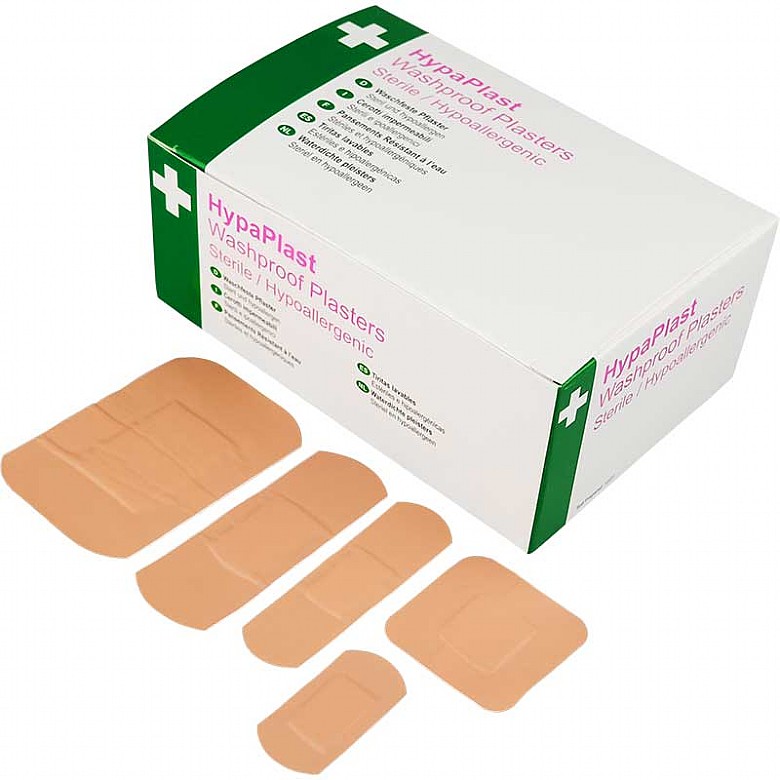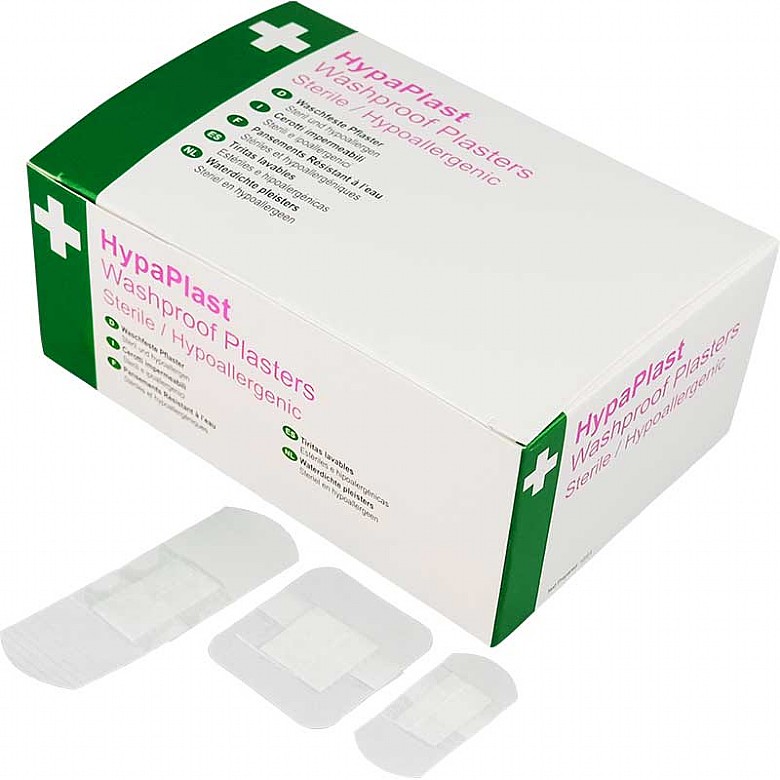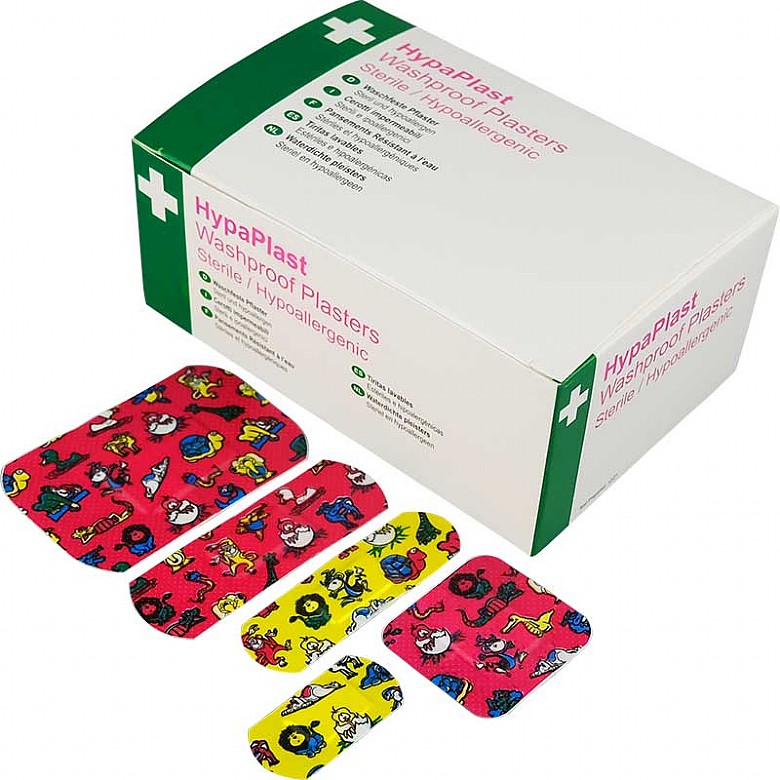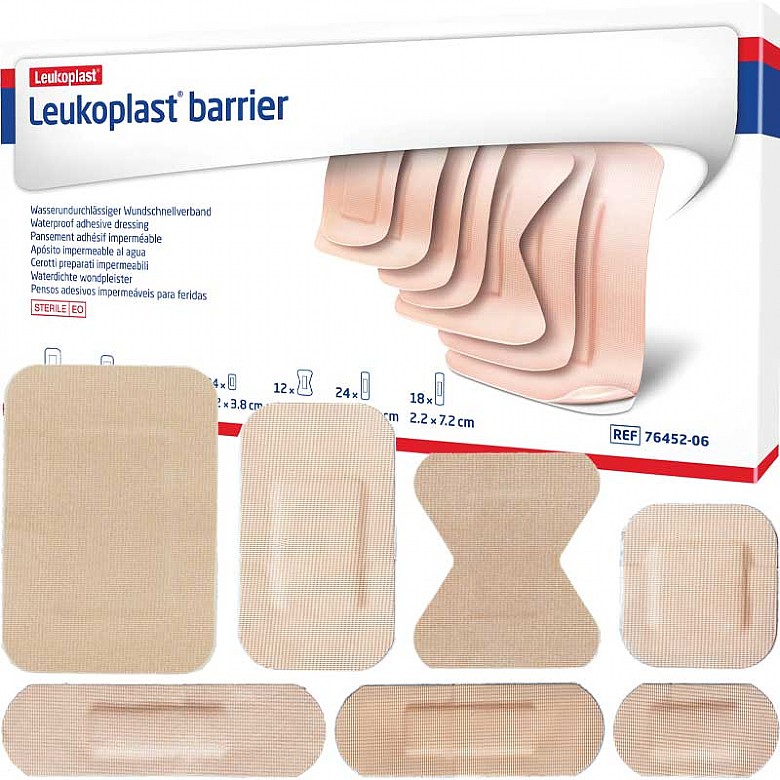
A wound that’s in the process of healing is at great risk of infection if it’s not properly cared for. Keeping the wound clean and covered should be a priority, especially while submerged in water, where bacteria can easily cause infection.
This is why using a waterproof plaster to cover wounds while you shower or swim is important for the healing process.
How do waterproof plasters work?

Waterproof plasters work using a combination of a water-repellent coating and strong adhesive to ensure the seal between the plaster and your wound isn’t broken. High-quality waterproof plasters are usually permeable to water vapour; preventing wound maceration and allowing the skin to breathe while the plaster is being worn.
When should I avoid swimming?
Swimming with minor scrapes and cuts is usually fine if you keep the wound adequately protected. If you have a larger injury, it’s probably a good idea to avoid swimming altogether. It’s harder to keep larger wounds clean and out of contact with bacteria, which means they’re more likely to get infected while swimming.How to use a waterproof plaster
Use clean water, antibacterial wipes, or disinfecting spray to clean the wound and the surrounding skin, then thoroughly dry it. When you’re applying the plaster, ensure you get a good seal without any creases to keep moisture out.
How long do waterproof plasters last?
In line with care recommendations for normal plasters, the best hygiene practice is to clean the wound and change any plaster every one to two days. If your waterproof plaster isn’t breathable, then you may need to change it more often, as it could lead to wound maceration if left on too long.Read our other blogs for more information on first aid or contact us for further advice and information on our products.
About the author:
Jo Stokes is a writer, marketer and trained first aider at First Aid Online.
Find out more about Jo.
By Jo Stokes





